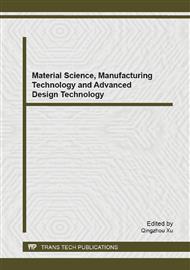p.222
p.228
p.232
p.236
p.241
p.249
p.253
p.259
p.262
Dynamic Rupture Analysis of Concrete Structures by FEM-DEM Method
Abstract:
A FEM-DEM approach was applied to investigate progressive rupture of concrete structures due to dynamic load including earthquakes. In the proposed method, the finite element method (FEM) designed for modelling stressed and deformed solids has been combined with the motion tracking capability of discrete element method (DEM). A fracture model combining single and smeared crack model is used in our simulation. The FEM-DEM method was used to simulate both the intact concrete behavior and the development of fractures in the indirect tensile test. The simulation results identify the failure mechanisms and validate the nature of tensile crack initiation and propagation in concrete disk. In particular, a comprehensive study on the seismic rupture of the Koyna dam during earthquakes is performed using the proposed method. It is shown that the proposed method can predicate the formation and propagation of cracks in concrete dam due to earthquakes.
Info:
Periodical:
Pages:
241-245
Citation:
Online since:
March 2014
Authors:
Price:
Сopyright:
© 2014 Trans Tech Publications Ltd. All Rights Reserved
Share:
Citation:


